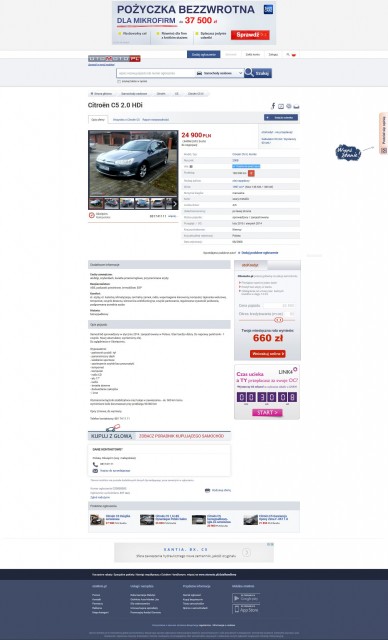

- #WEBPAGE CAPTURE 2008 PDF#
- #WEBPAGE CAPTURE 2008 INSTALL#
- #WEBPAGE CAPTURE 2008 ARCHIVE#
- #WEBPAGE CAPTURE 2008 PORTABLE#
- #WEBPAGE CAPTURE 2008 PC#
The name "Wayback Machine" is a reference to a fictional time-traveling and translation device, the " Wayback Machine", used by the characters Mister Peabody and Sherman in the animated cartoon The Adventures of Rocky and Bullwinkle and Friends.
#WEBPAGE CAPTURE 2008 ARCHIVE#
Kahle and Gilliat created the machine hoping to archive the entire Internet and provide "universal access to all knowledge". The service enables users to see archived versions of web pages across time, which the archive calls a "three-dimensional index". Internet Archive founders Brewster Kahle and Bruce Gilliat launched the Wayback Machine in San Francisco, California, in October 2001, primarily to address the problem of web content vanishing whenever it gets changed or when a website is shut down. One of the earliest known pages was saved on May 10, 1996, at 2:08 p.m. The Wayback Machine began archiving cached web pages in 1996.
#WEBPAGE CAPTURE 2008 INSTALL#
So what if you just need a one-off capture to send to your boss? You don’t have to install something to grab it-as long as the webpage in question is publicly accessible (like a How-To Geek article and not some site you have to log in to first), you can easily use the free Screen Capture tool at or the similar tool at.

Option Three: Capture a Webpage with a Web-Based Tool
#WEBPAGE CAPTURE 2008 PC#
Better yet, you can easily save the image to your PC when you’re done or upload it to your Google Drive or Slack. One click and it captures and aligns the image for you.

It’s free, it’s available for both Chrome and Firefox, and it has a nice clean interface that gets the job done. While there are more than a handful of browser extension tools out there, we like Nimbus Screenshot, seen above. Standalone screen capture tools are great if you regularly use them, but if your work only requires you to capture webpages once in a while, then it makes more sense to use a browser-based tool. Option Two: Capture a Webpage with a Browser Plugin Screenpresso (Windows, free) also has a scrolling capture feature, as does popular capture tool SnagIt (Windows/Mac, $50). When looking for a screen capture tool (or searching through the documentation of the tool you already have) search for the keyword “scrolling” to see if it has the necessary feature.
#WEBPAGE CAPTURE 2008 PORTABLE#
Note: You can still download the older, free version of FastStone Capture from The Portable Freeware Collection (although this version lacks newer features, it does have scrolling capture). The screen capture tool I’ve used for ages, FastStone Capture (Windows, $20, seen above), has this feature triggered by a toolbar button or by pressing Ctrl+Alt+PrtScn. It might do a fine job capturing parts of your screen, but it won’t have the bells and whistles necessary to capture a whole webpage.įortunately, there are tons of third party tools that sport “scrolling capture” or “full page” capture, wherein the screenshot tool will scroll through the webpage for you capturing and stitch the screenshots into one continuous image. While the vast majority of operating systems have a built in screen capture tool, that tool is typically pretty basic. Option One: Capture a Webpage with a Standalone Screenshot Tool With that in mind, let’s look at three techniques you can use to capture an entire webpage in a single screenshot: standalone screen capture tools, browser plugins, and a handy web-based service that works wherever you are. Not only is that useful for archival purposes, as you’re getting an exact 1:1 representation of the webpage, but you’re also able to show other people exactly how the page looks as oppose to exactly how the page prints. You’re capturing-pixel for pixel-exactly what you see on the screen. When you use a screen capture tool, you’re not churning the webpage through a document creator. Further, if the website in question has a specific “print view” to alleviate the aforementioned issues, that means you’re not preserving the webpage as it appears, but preserving the webpage as it is formatted for printing. Regardless of the document creator you use, it functions as a virtual printer, which any shortcomings the physical printing process would have (poor column alignment, advertisements overlapping the text, etc.) will appear in the document created by the virtual printer.
#WEBPAGE CAPTURE 2008 PDF#
While PDF is great for documents, it has an inherent shortcoming when it comes to preserving a webpage.


 0 kommentar(er)
0 kommentar(er)
